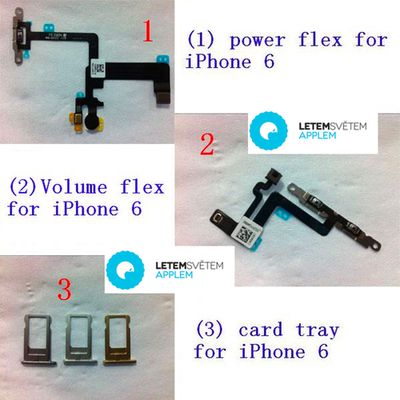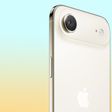Apple saw its U.S. PC marketshare decline to 10.6 percent in the second quarter of 2014, down from 11.5 percent in the year-ago quarter, according to new data released from Gartner. With 1.6 million shipments, it trailed behind HP, Dell, and Lenovo, ranking fourth for the first time in several years.
Lenovo saw the most significant growth at 20.3 percent, while HP and Dell also saw high growth rates of 15.5 percent and 12.3 percent, respectively. Toshiba, with just over a million shipments, also saw growth of 18.5 percent.
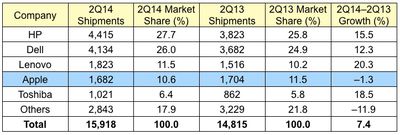
"The consumer PC market also started picking up in the U.S. The availability of affordable, thin and light notebooks have drawn consumers' attention," Ms. Kitagawa said. "Touch enable devices are also widely available with decreasing price premiums compared to a year ago. The price premium is low enough for mainstream consumers to spend the extra money for the additional functionalities,
such as touch."Four of the top five vendors in the U.S. market experienced double-digit growth. HP was the market leader, accounting for 27.7 percent of PC shipments.
Overall, U.S. PC shipments totaled 15.9 million, up 7.4 percent year over year, while worldwide PC shipments saw flat growth compared to the year-ago quarter. Shipments totaled 75.8 million units, a 0.1 increase. Though worldwide PC shipments have ceased to decline in 2Q14, interest in low-cost tablets continues to eat into the traditional PC market.
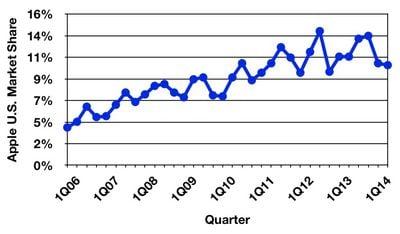
IDC has also released its own estimates of PC shipments for the second quarter of 2014, painting a similar picture. IDC puts Apple's shipments at 1.6 million and its market share at 10 percent, down from 10.9 percent, a 1.7 percent decline. IDC's numbers also rank HP, Dell, and Lenovo as the top three vendors in the United States, with all three seeing growth of 15.6, 12.9, and 24.7 percent, respectively.
Unlike Gartner, IDC suggests worldwide PC sales totaled just 74.4 million, a year-over-year decline of 1.7 percent, with U.S. sales up 6.9 percent.
IDC and Gartner did not list Apple's worldwide market share for the quarter, as usual, because the company does not rank among the top five vendors on a worldwide basis. Apple's U.S. decline comes even as the company dropped the prices on two of its flagship products in 2014 -- both the MacBook Air and the iMac saw price drops, with the former gaining a small spec boost and the latter seeing the introduction of a new low-cost version.


 Earlier this year, Apple
Earlier this year, Apple 
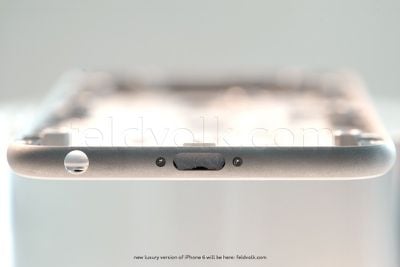
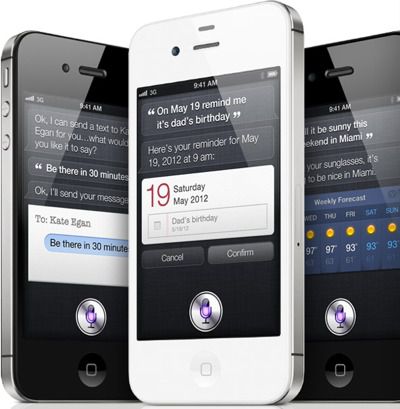
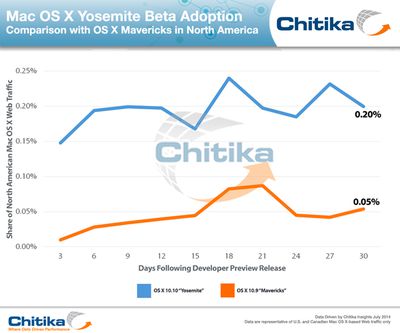


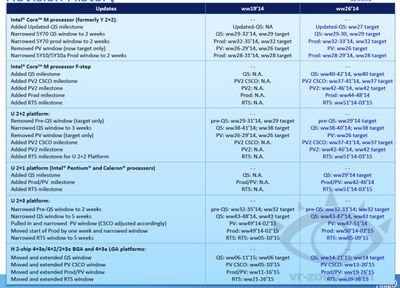


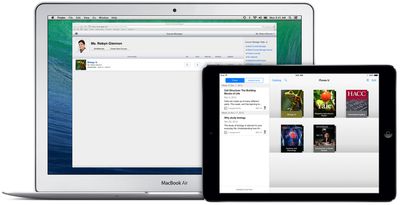
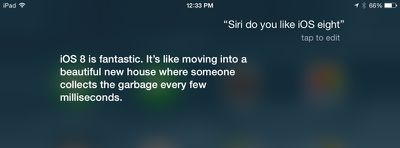

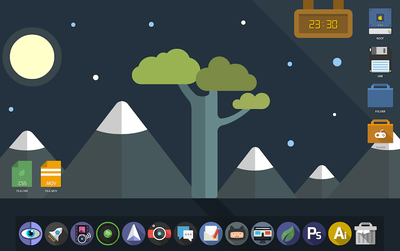

 Chris Blumenberg, a key Apple engineer who has long worked on Maps for iOS and OS X, is leaving the company to take a position with Uber, according to a
Chris Blumenberg, a key Apple engineer who has long worked on Maps for iOS and OS X, is leaving the company to take a position with Uber, according to a 